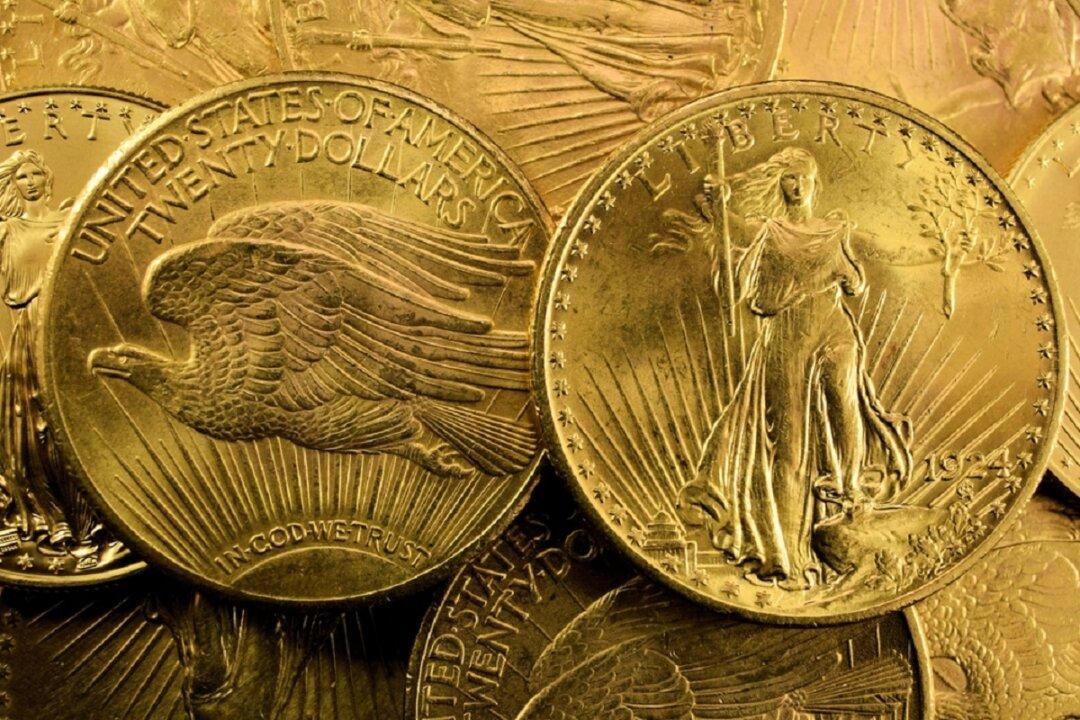Gold prices hit a record high on Thursday after U.S. Federal Reserve Chair Jerome Powell suggested that the agency will start cutting rates this year, a development that is typically bullish for the metal.
Spot gold prices broke above the level of $2,300 per ounce in early trade on April 4, hitting a new record high. Since March 25, gold prices have risen every single day for seven straight trading days. On Thursday, spot gold was trading at $2,291 per oz. as of 12:30 p.m. EST, up 5.89 percent from $2,163.50 on March 25. The record high in gold prices came after Mr. Powell indicated there will not be any more rate hikes and that the agency would start cutting rates this year, as expected by many investors.





